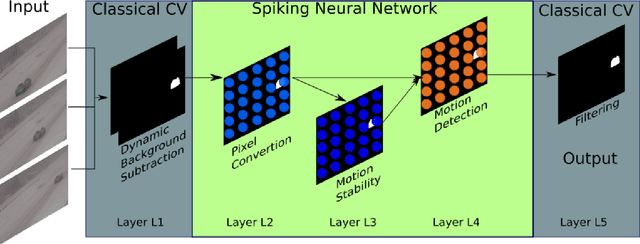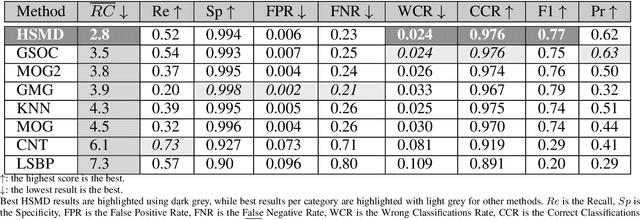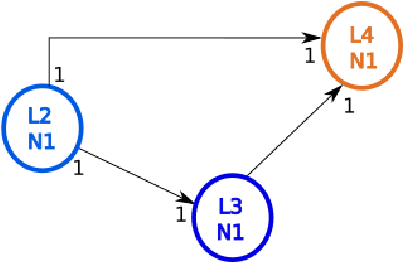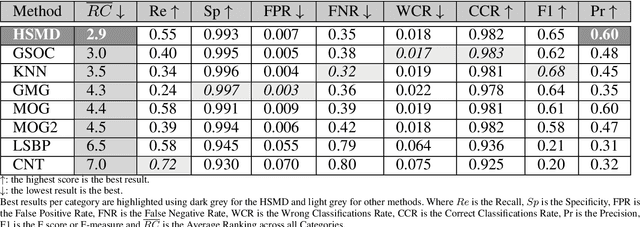Andreas Oikonomou
Dynamic Training of Liquid State Machines
Feb 06, 2023



Abstract:Spiking Neural Networks (SNNs) emerged as a promising solution in the field of Artificial Neural Networks (ANNs), attracting the attention of researchers due to their ability to mimic the human brain and process complex information with remarkable speed and accuracy. This research aimed to optimise the training process of Liquid State Machines (LSMs), a recurrent architecture of SNNs, by identifying the most effective weight range to be assigned in SNN to achieve the least difference between desired and actual output. The experimental results showed that by using spike metrics and a range of weights, the desired output and the actual output of spiking neurons could be effectively optimised, leading to improved performance of SNNs. The results were tested and confirmed using three different weight initialisation approaches, with the best results obtained using the Barabasi-Albert random graph method.
HSMD: An object motion detection algorithm using a Hybrid Spiking Neural Network Architecture
Sep 09, 2021



Abstract:The detection of moving objects is a trivial task performed by vertebrate retinas, yet a complex computer vision task. Object-motion-sensitive ganglion cells (OMS-GC) are specialised cells in the retina that sense moving objects. OMS-GC take as input continuous signals and produce spike patterns as output, that are transmitted to the Visual Cortex via the optic nerve. The Hybrid Sensitive Motion Detector (HSMD) algorithm proposed in this work enhances the GSOC dynamic background subtraction (DBS) algorithm with a customised 3-layer spiking neural network (SNN) that outputs spiking responses akin to the OMS-GC. The algorithm was compared against existing background subtraction (BS) approaches, available on the OpenCV library, specifically on the 2012 change detection (CDnet2012) and the 2014 change detection (CDnet2014) benchmark datasets. The results show that the HSMD was ranked overall first among the competing approaches and has performed better than all the other algorithms on four of the categories across all the eight test metrics. Furthermore, the HSMD proposed in this paper is the first to use an SNN to enhance an existing state of the art DBS (GSOC) algorithm and the results demonstrate that the SNN provides near real-time performance in realistic applications.
LabelSens: Enabling Real-time Sensor Data Labelling at the point of Collection on Edge Computing
Oct 04, 2019



Abstract:In recent years, machine learning has made leaps and bounds enabling applications with high recognition accuracy for speech and images. However, other types of data to which these models can be applied have not yet been explored as thoroughly. In particular, it can be relatively challenging to accurately classify single or multi-model, real-time sensor data. Labelling is an indispensable stage of data pre-processing that can be even more challenging in real-time sensor data collection. Currently, real-time sensor data labelling is an unwieldly process with limited tools available and poor performance characteristics that can lead to the performance of the machine learning models being compromised. In this paper, we introduce new techniques for labelling at the point of collection coupled with a systematic performance comparison of two popular types of Deep Neural Networks running on five custom built edge devices. These state-of-the-art edge devices are designed to enable real-time labelling with various buttons, slide potentiometer and force sensors. This research provides results and insights that can help researchers utilising edge devices for real-time data collection select appropriate labelling techniques. We also identify common bottlenecks in each architecture and provide field tested guidelines to assist developers building adaptive, high performance edge solutions.
 Add to Chrome
Add to Chrome Add to Firefox
Add to Firefox Add to Edge
Add to Edge